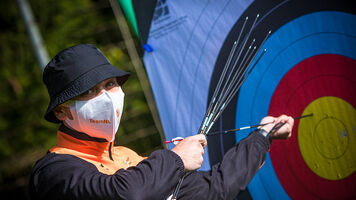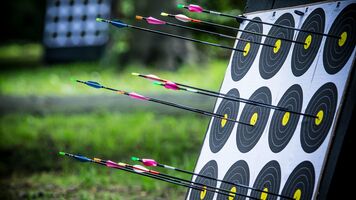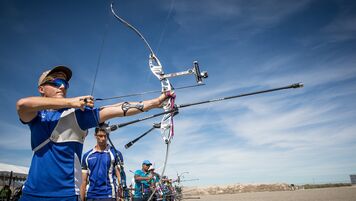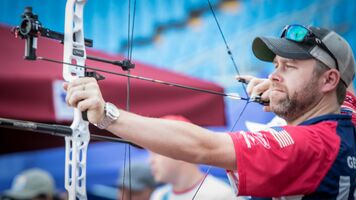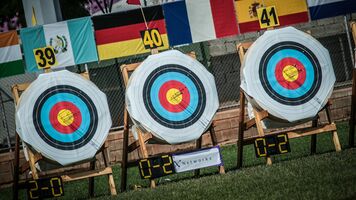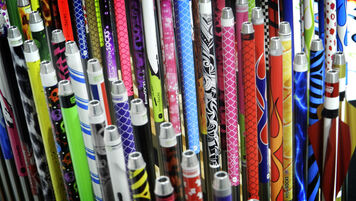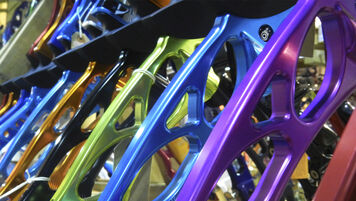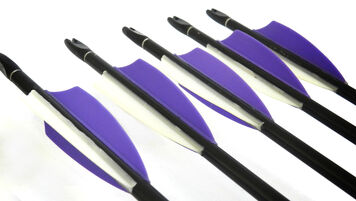6 assistive devices on the Paralympic archery field
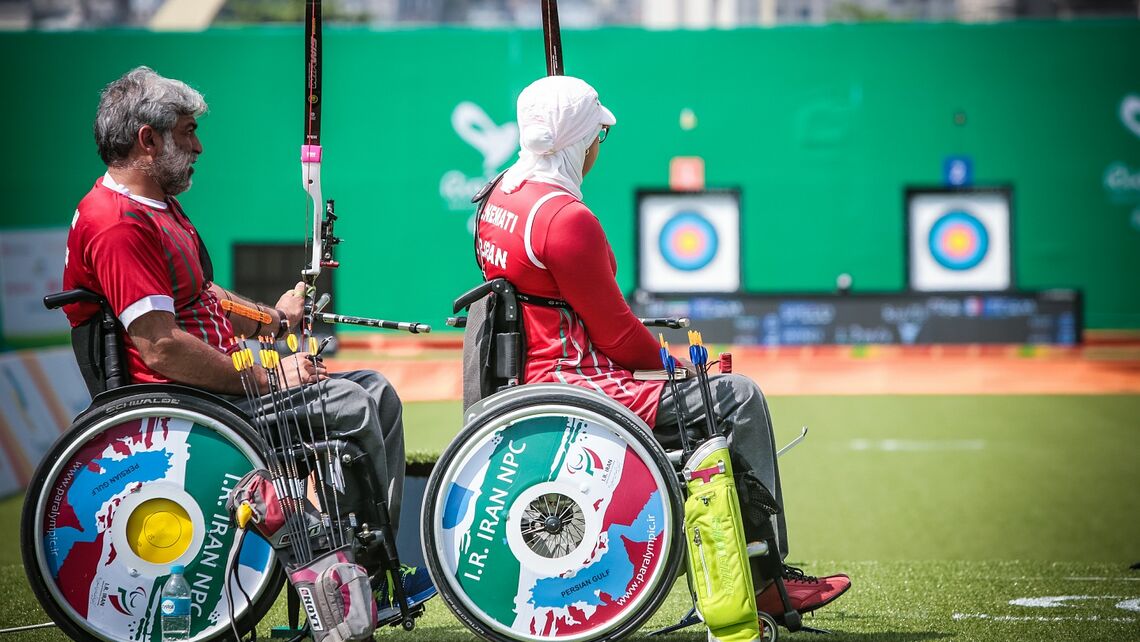
When a para athlete is classified for archery, the classifier may permit them to use an assistive device that helps them to shoot their bow, beyond the standard archery set-up.
These devices all conform to a set of rules that prevent any archer gaining an unfair advantage – and are inspected during competition.
Many devices are custom, built by or specifically for the archer in question, but we’ve grouped them into some basic categories.
1. Release brace
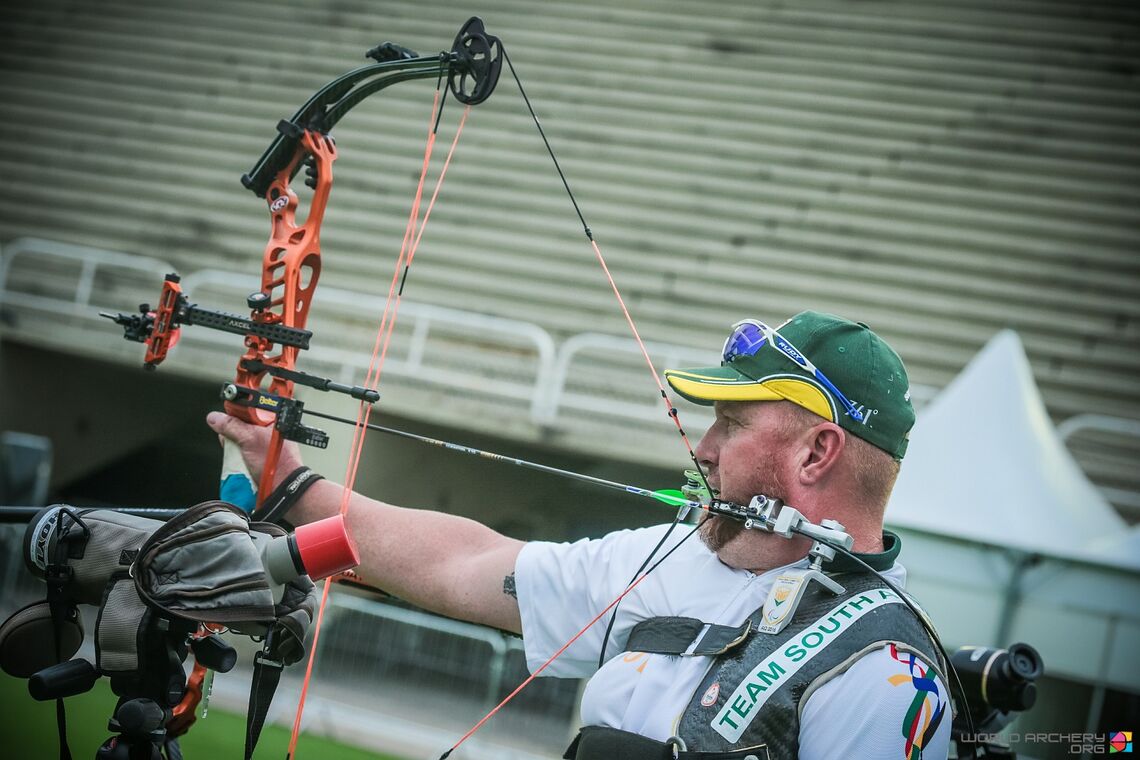
South Africa’s Shaun Anderson recently moved to using a release aid strapped to a back brace, like a number of the compound open and W1 field – who are permitted mechanical devices – when he realised he needed it to “level the playing field”.
“I looked at all the different release aids that I saw, and I concepted my own that I thought worked for me the best,” he said.
It’s a standard release aid, mounted on a custom block and hinged onto a brace that Shaun straps around his upper body. He initiates the release by biting down on a clothes peg that sits in his mouth, which is linked to the hinge by a bike brake cable.
Other archers’ release braces feature release aids that trigger via back tension-style hinges or other trigger mechanisms.
2. Wheelchair
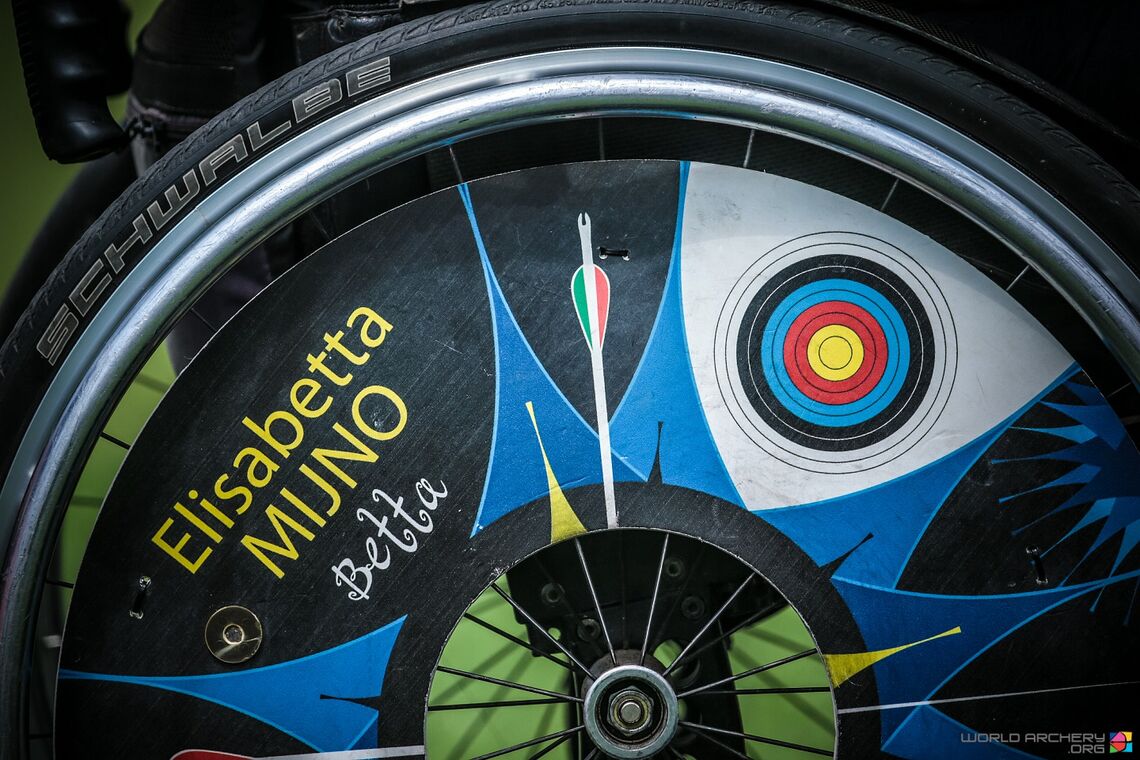
Not an archery-specific assistive device, but one that many Paralympians use in everyday life. The rules for para archery at the Games define that the back or sides of the chair must not be too high, so they don’t add an unfair advantage in stability to the archer during the shot process.
There’s an anecdote featuring the USA’s Kevin Polish, who turned up for national trials with a wheelchair that contravened the rules – and had to take a trip to the local hardware store to pick up a saw, so he could modify his chair before competition began!
3. Stool
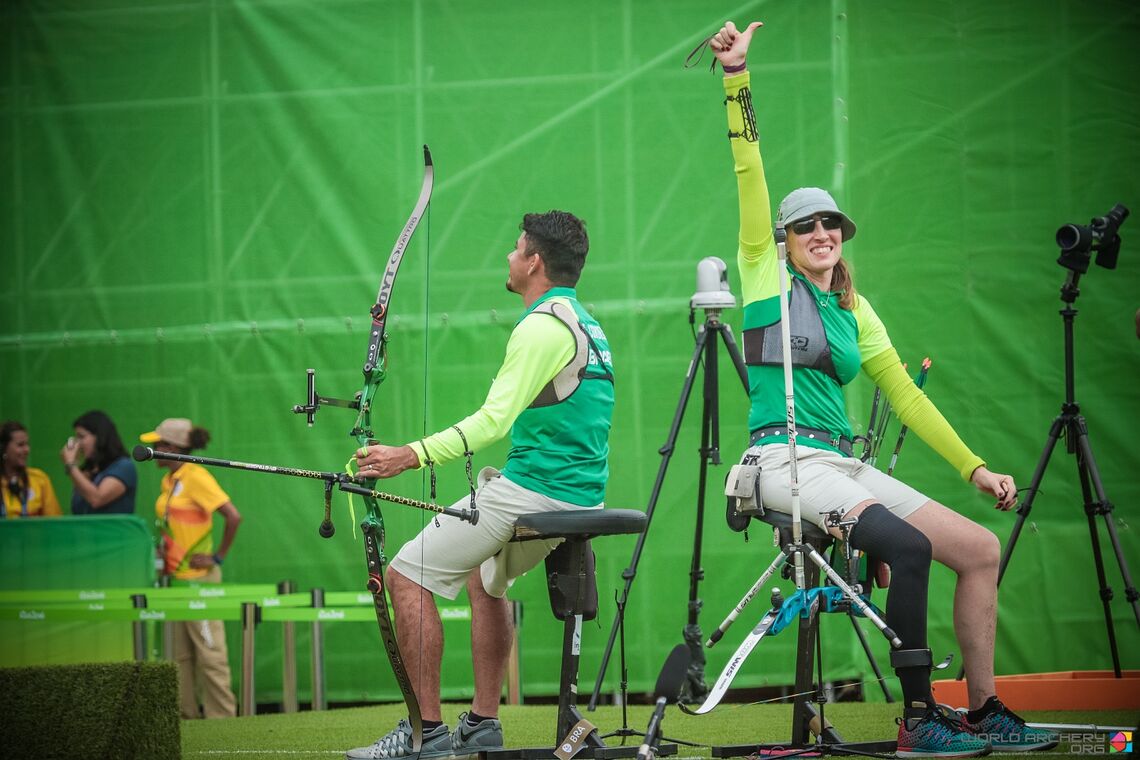
Athletes that have impairments that prevent them from standing or balancing, but don’t need a wheelchair, can be issued a classification card that permits them sitting on a stool to shoot. These athletes tend to – but don’t have to – have lower-limb prosthetics.
Try shooting sitting down, it’s not easy without practise.
4. Prosthetic
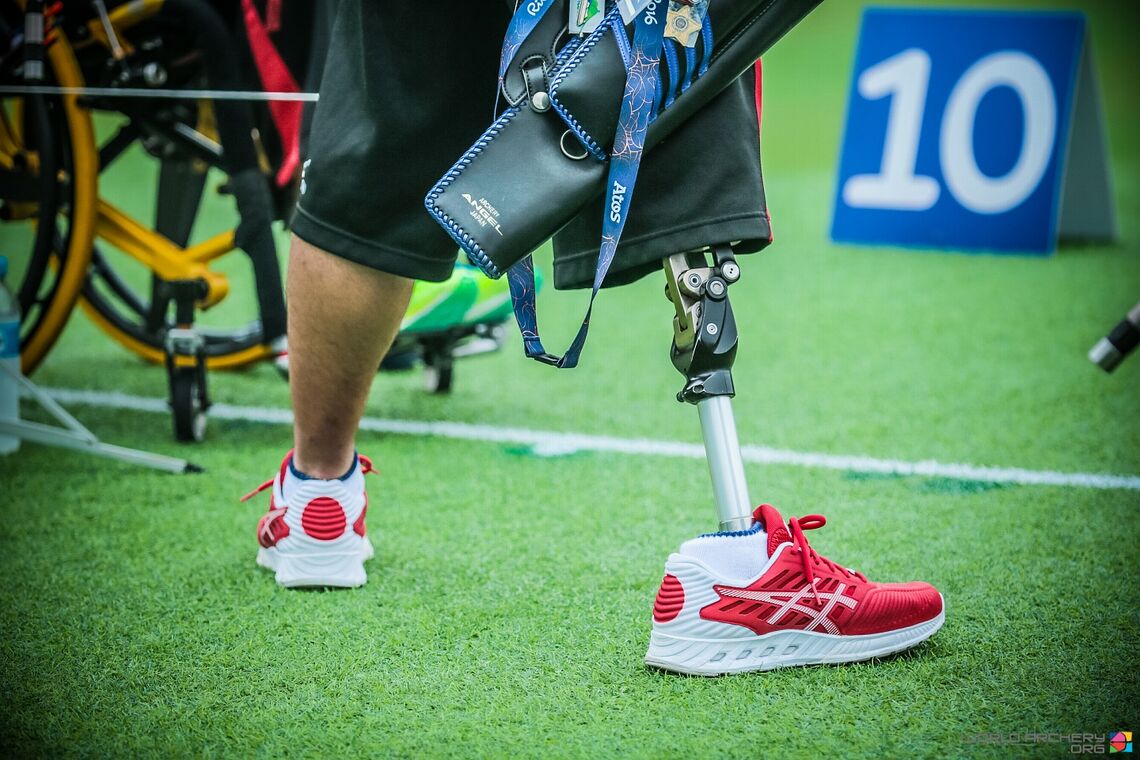
Those who have lost limbs often have them replaced with prosthetics. The rule in para archery is that those prosthetics must have the same joint hinges as a human leg – so as not to add an unfair advantage in stability.
There’s a para archer on the circuit – not in Rio – who has a prosthetic lower bow arm. He leaves it attached to his bow and slips his upper arm into the prosthetic when he takes to the line to shoot, rather than having it attached at all times.
5. Mouth tab
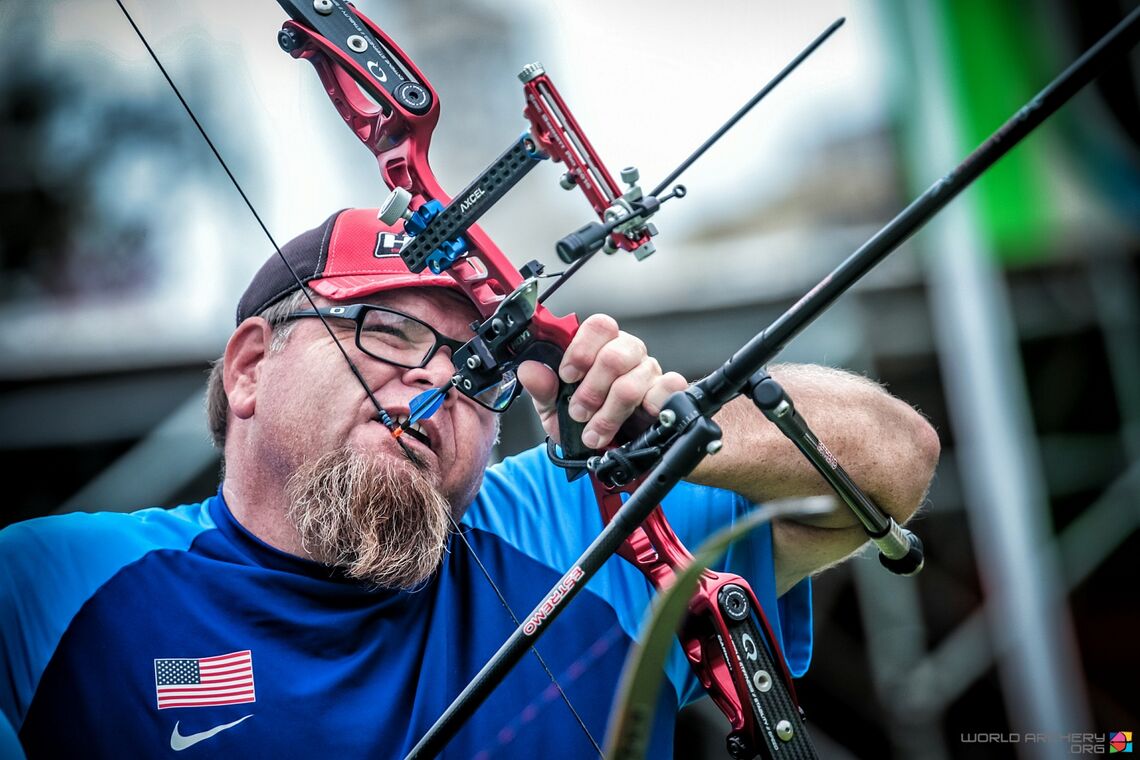
Eric Bennett used to shoot his recurve with a release aid – but when the classifications were altered in April 2014, the para archery rules were more tightly aligned with the able-bodied archery regulations.
Mechanical releases were banned for the recurve open division, and Bennett switched to using a mouth tab (rather than move to shooting a compound bow). He’s one of the only recurve archers around to use the method, which is more popular with compound and W1 athletes.
It’s a small strip of fabric that attaches to the string below the knocking point, which he bites down on – then pushes the bow away from – and opens his mouth to release.
6. elbow strap
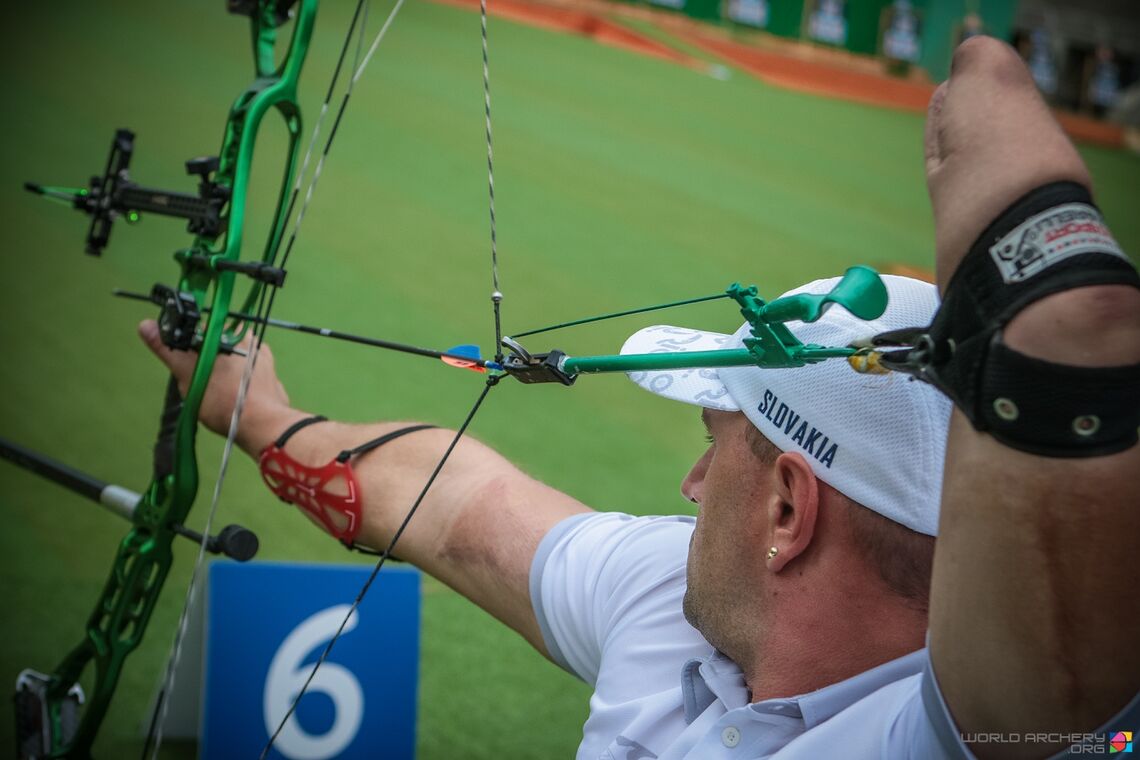
An alternative to the shoulder brace for mounting a release aid, a number of compound open and W1 athletes strap their release to their arm or elbow, if part of the arm is missing. The releases can be activated in a number of ways, from tension, hinge-style or with triggers in the mouth.
Great Britain’s John Cavanagh, shooting in the W1 category in Rio and a Paralympic Champion in Athens in 2004, has limited movement in his release hand, so straps his release to his arm – and just uses one finger to trigger it.
The para archery competition at the Rio 2016 Paralympic Games runs 10-17 September in the Sambodromo.


